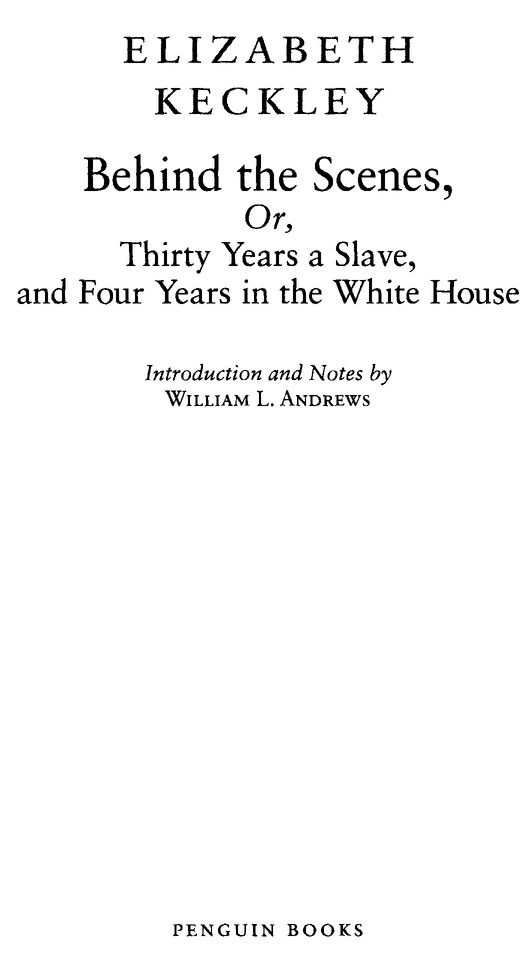Table of Contents
PENGUIN

CLASSICS
BEHIND THE SCENES
ELIZABETH HOBBS KECKLEY (1818-1907) was born a slave near Dinwiddie Court House, Virginia, but purchased her freedom at the age of thirty-seven and set up a successful dressmaking business in Washington, D.C., in 1860. After serving as a seamstress for Varina Davis, wife of the Mississippi senator Jefferson Davis, Keckley became the modiste for Mary Todd Lincoln, the First Lady of the United States, shortly after Abraham Lincoln was inaugurated president of the United States in 1861. Gaining ready access to the Lincoln family by virtue of her constant employment by Mrs. Lincoln, Keckley spent much of the next four years in the White House, where she became not only Mary Todd Lincolns dressmaker but her friend and confidante. After President Lincoln was assassinated in the spring of 1865 and his widow moved back to Illinois, Keckley remained a trusted advisor and support to Mrs. Lincoln. Stung by public criticism of her efforts to help the debt-ridden former First Lady raise money by selling her expensive wardrobe, Keckley tried to defend herself in her autobiography, Behind the Scenes, Or, Thirty Years a Slave, and Four Years in the White House, which was published in New York in 1868. Keckleys intimate perspective on the relationship between the martyred president and his wife, along with the publication of many letters from Mrs. Lincoln to Keckley, made Behind the Scenes instantly controversial as an indecent book authored by a traitorous eavesdropper. Returning to her business, Keckley lived and worked in Washington, D.C., until 1892, when she moved to Ohio to accept a position as head of Wilberforce Universitys Domestic Science department. She died in 1907, a resident of the National Home for Destitute Colored Women and Children in Washington, D.C.
WILLIAM L. ANDREWS, E. Maynard Adams Professor of English at the University of North Carolina at Chapel Hill, is the author of The Literary Career of Charles W. Chesnutt (1980) and To Tell a Free Story: The First Century of Afro-American Autobiography, 1760-1865 (1986). He is the editor or coeditor of more than thirty books on African American literature, including The Oxford Companion to African American Literature (1997), The Norton Anthology of African American Literature (2003), and North Carolina Slave Narratives (2003). He has held research grants from the National Endowment for the Humanities, the American Council of Learned Societies, and the American Philosophical Society, and has been a fellow of the Center for Advanced Study in the Behavioral Sciences at Stanford University.
Note on the Text
This edition of Behind the Scenes reprints the original 1868 edition, as published by G. W. Carleton & Company. The original spelling, capitalization, punctuation, paragraphing, and chapter and section divisions in the 1868 edition have been preserved in this edition, except when there is an inconsistency of spelling within a text, the evident result of a printers error. Keckleys original footnotes are reprinted as they appeared in the 1868 edition. All numbered annotations to the text are provided by the editor of this Penguin Classics edition.
Introduction
Elizabeth Hobbs Keckley, successful African American career woman and community organizer in Washington, D.C., was taken aback by her white friends reaction to her plans in the summer of 1866 to visit the Virginia family that had once claimed her as their property. In her autobiography, Behind the Scenes, Or, Thirty Years a Slave, and Four Years in the White House (1868), Keckley recalls that my Northern friends would roll up their eyes in surprise when they heard her talk about her much-anticipated trip. As Keckley portrays them, these Northern friends, no doubt properly antislavery, could hardly imagine why a former slave would entertain such an invitation. How can you have a kind thought for those who inflicted a terrible wrong upon you by keeping you in bondage? they demand of Keckley. Her reply, as recorded in Behind the Scenes, articulates an attitude toward her southern past that diverges considerably from the way the South is depicted in most fugitive slave narratives of the pre-Civil War era. You forget the past is dear to every one, Keckley reminds her perplexed friends in 1866, for to the past belongs that golden period, the days of childhood. Few former slaves ever referred to their enslaved childhoods more positively or sentimentally. But Keckleys attitude toward her southern roots was a good deal more complex than her apparent nostalgia suggests.
The past is a mirror that reflects the chief incidents of my life, Keckley goes on. To surrender it is to surrender the greatest part of my existenceearly impressions, friends, and the graves of my father, my mother, and my son. The choice of the word surrender could not have been accidental for Keckley, given the much-celebrated surrender of the Confederacy to the Union three years earlier. In deploying the word, Keckley signals a crucial decision for her as a slave narrator in the post-slavery era. To hold fast to her enslaved past, despite its many painful associations, is not an act of weakness but of strength. Inescapably, these people [those who once held her in slavery] are associated with everything that memory holds dear, and so long as memory proves faithful, it is but natural that I should sigh to see them once more. When her friends warn Keckley that the white Virginians are too selfish to give a single thought to you, now that you no longer are their slave, Keckley counters, You do not know the Southern people as I dohow warm is the attachment between master and slave. To this unexpected rejoinder, Keckleys baffled white friends can manage only, You have some strange notions, Lizzie.
Elizabeth Keckleys life, like her unconventional autobiography, was motivated by a number of strange notions, which, however surprising when articulated by an African American woman in 1868, today seem a good deal more understandable. At the heart of Keckleys astonishing rise from exploited slave girl to accomplished modiste and personal confidante of the First Lady of the United States was an unwavering determination to prove herself in whatever she undertook, particularly in those aspects of her life that involved career. Scolded repeatedly in her early teens by a master and mistress who thought I would never be worth my salt, Keckley responded with a proud demeanor and self-assertive work ethic that either impressed whites or incensed them. Born in February 1818 near Dinwiddie County Court House in central Virginia, Lizzie, the daughter of Agnes and George Hobbs, went to work at the age of four in what her autobiography calls slaverys hardy school. Her first responsibility was to attend the infant daughter of her master and mistress, Colonel and Mrs. Armistead Burwell. Although the four-year-old slave girl was devoted to her charge, Lizzies master and mistress did not hesitate to whip her whenever they deemed her careless. Nevertheless, despite all the wrongs that slavery heaped upon me, Keckley declares herself willing to bless it because it taught her to rely upon myself, and to prepare myself to render assistance to others.
In Up From Slavery (1901), the most widely known postCivil War slave narrative, Booker T. Washington made famous the metaphor of slavery as a school that Keckley had introduced into African American autobiography more than three decades earlier. Unlike Washington, who attributed to the school of American slavery a self-reliance among black folk that few of their onetime masters and mistresses could rival, Keckley did not claim that slaverys hard discipline had been beneficial to the average black man or woman in the South. As her biographer Jennifer Fleischner points out, the self-reliance that Keckley learned in slavery was not that celebrated by Ralph Waldo Emerson. What slavery taught Lizzie by the time she became a teenager was that there


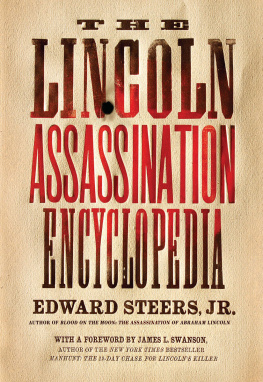
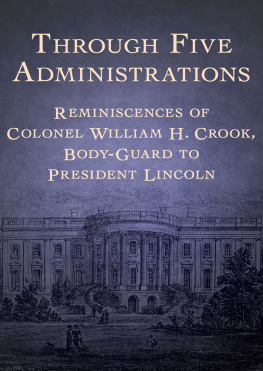

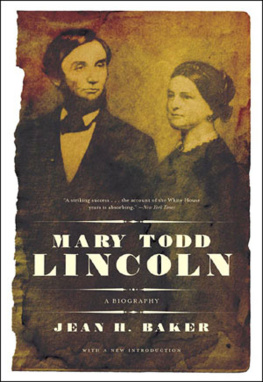
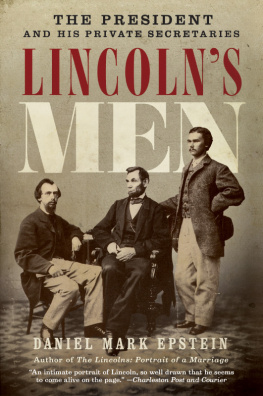
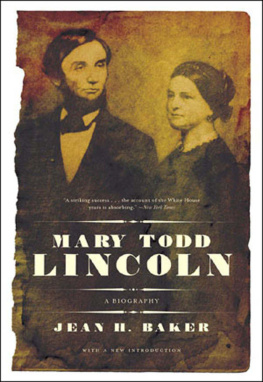
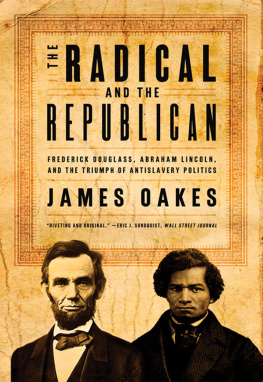

 CLASSICS
CLASSICS